Whenever I am riding during the night, I rely on pass lights far more than the high beam on my motorcycle.
But what exactly is a pass light though?
Pass lights are flickering high beams that can be used temporarily.
And where is the pass light switch?
The pass light switch is located on the left side of the handlebar. Usually clubbed with the low beam – high beam switches.
As for what are its uses and how to use the switch, let’s dig right in.
Pass light – what is it?
A pass light is a temporary light that switches the high beam on momentarily.
This temporary light is used to notify the other vehicles of your presence.

Put simply:
The pass light is a momentary high beam.
The high beam light flickers on whenever you press the pass light switch.

In place of using the high beam switch – which lights up the road with the dazzling high beam, you use the pass light switch to light the same high beam briefly (for a moment or two).
Pass light switch on motorcycles
Pass light switches are mandatory on motorcycles.
They are incredibly useful in notifying the other vehicles of your presence. Especially during winter and foggy weather.
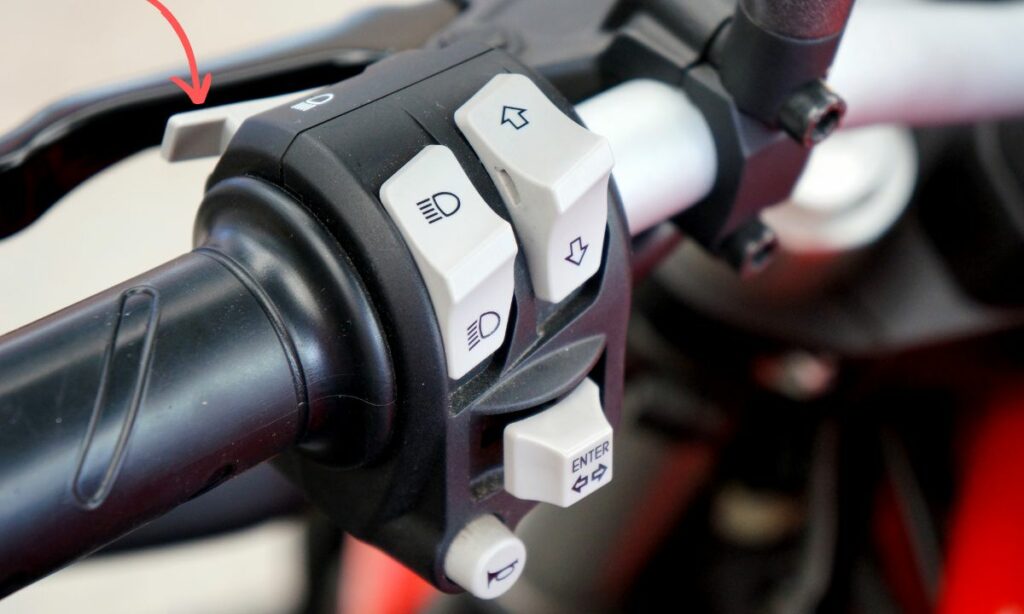
We will discuss the uses in detail in the next section.
Before that:
Let’s first look into where the pass lights are located on motorcycles and how to operate a pass light switch.
Pass switch location
The pass light switch is located on the left side of the handlebar, along with the other headlight switches.
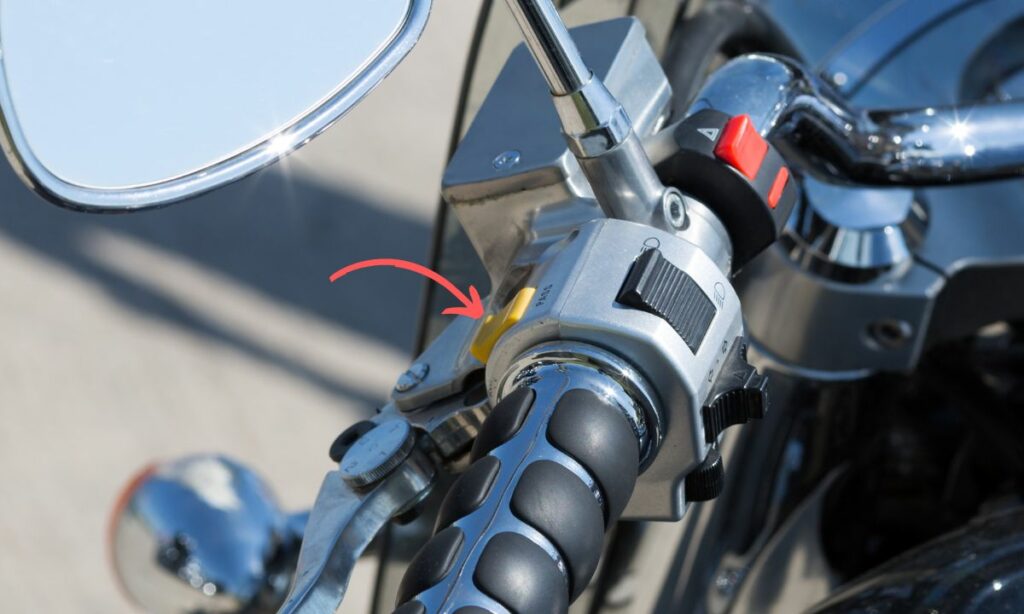
The configuration can vary.
Depending on the motorcycle brand and model.
There are two main configurations:
First, the pass light clubbed together with the low beam and the high beam switches.
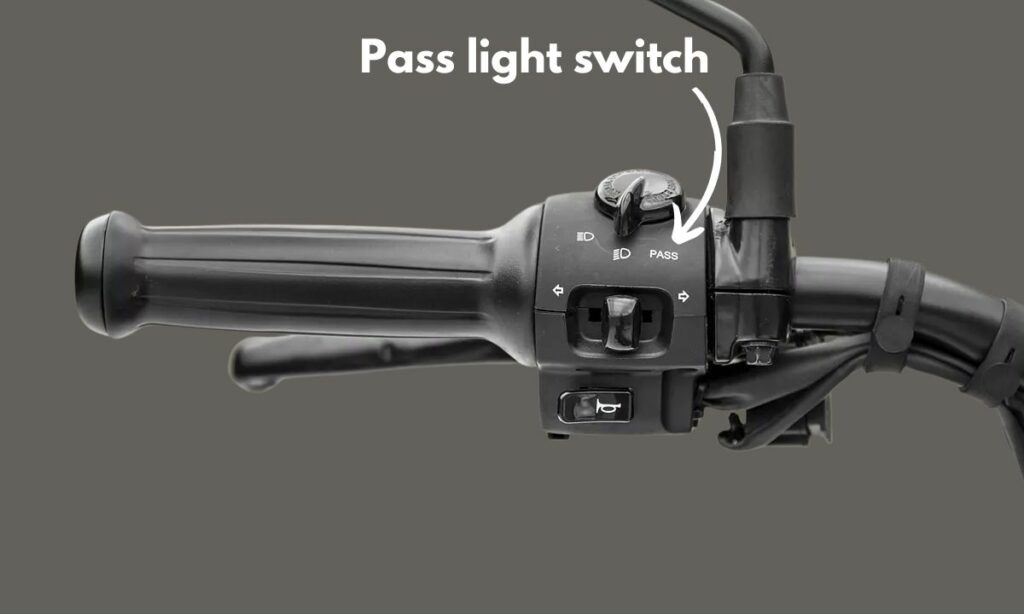
The low beam, high beam, and pass switch – combined together to form the headlight switch.
Second, the pass light switch is provided separately on the left side of the handlebar, facing toward the road.

The pass light switch in this type of configuration is accessible through the left-hand index finder of the rider.
Turning the pass switch ON
Next, how to switch on the pass light?
Just press the pass light switch.
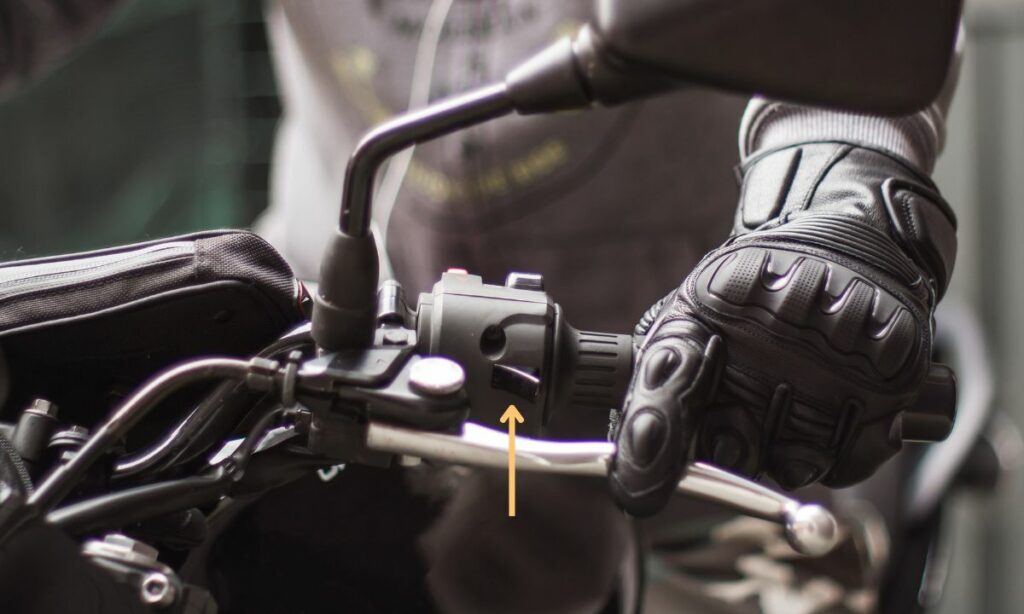
Note:
The pass light switch flickers the high beam momentarily. They don’t stay ON.
Think of the pass switch as similar to the horn button.
You press the switch, the light is ON.
You take out your finger from pressing the switch, the light is OFF.
When to use the pass light switch
Here are the main uses of the pass light switch on a motorcycle:
- To notify the vehicles coming toward you
- To notify the vehicles you are overtaking
- To see the road more clearly for a brief moment
Let’s deep dive into each of these uses.
#1. To notify the vehicles coming toward you
The pass light is extremely useful in notifying other vehicles of your presence.
The visibility on the road becomes tough especially when you are riding in winter or in foggy conditions.
Even dusty roads.
And lastly, during the night.

In all these conditions, the vehicles coming in the opposite direction of the rider, might not see the motorcycle.
To alert them of your presence, pass lights come in handy.
So use the pass light switch whenever you think the vehicles coming towards you are not aware of your presence.
#2. To notify the vehicles you are overtaking
The second important pass light usage is whenever you are overtaking a vehicle.
This is applicable even in day conditions.
For the vehicle you are overtaking, the rider on that vehicle can get the overtaking message from your pass light on his mirror.
Pressing the pass light switch 2 to 3 times helps.
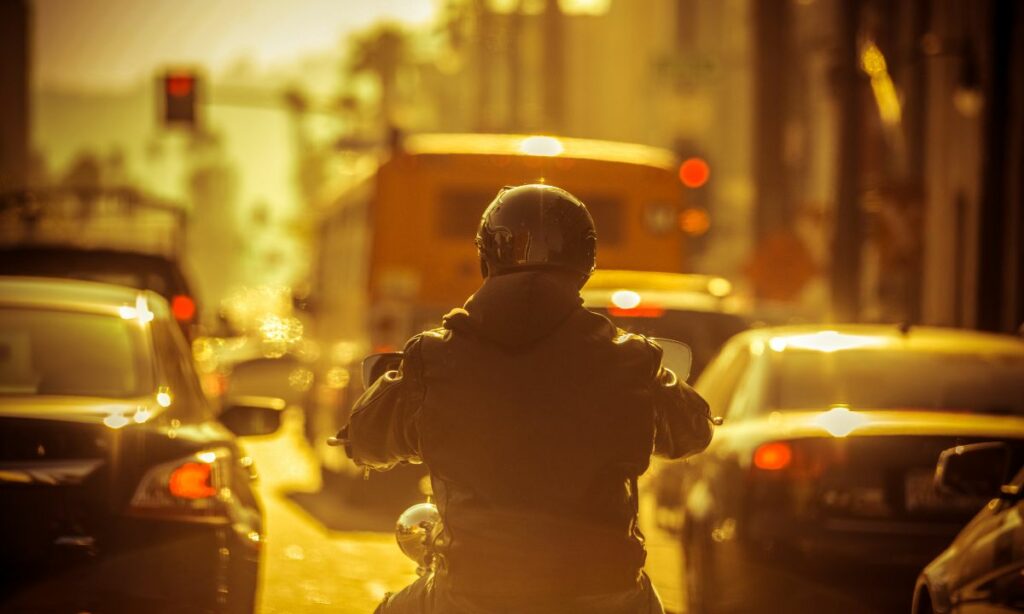
The same works for the vehicles in the opposite direction as well.
If you are overtaking a vehicle, you are most likely sidestepping the lane you are riding in.
Vehicles coming in the opposite direction in the adjacent lane must know that you are overtaking as well.
This allows them to slow down in case you are cutting it too close.
So use the pass lights whenever you are overtaking.
#3. To see the road more clearly for a moment
Pass lights can also be used as an alternative to high-beam lights.
Especially during the night.
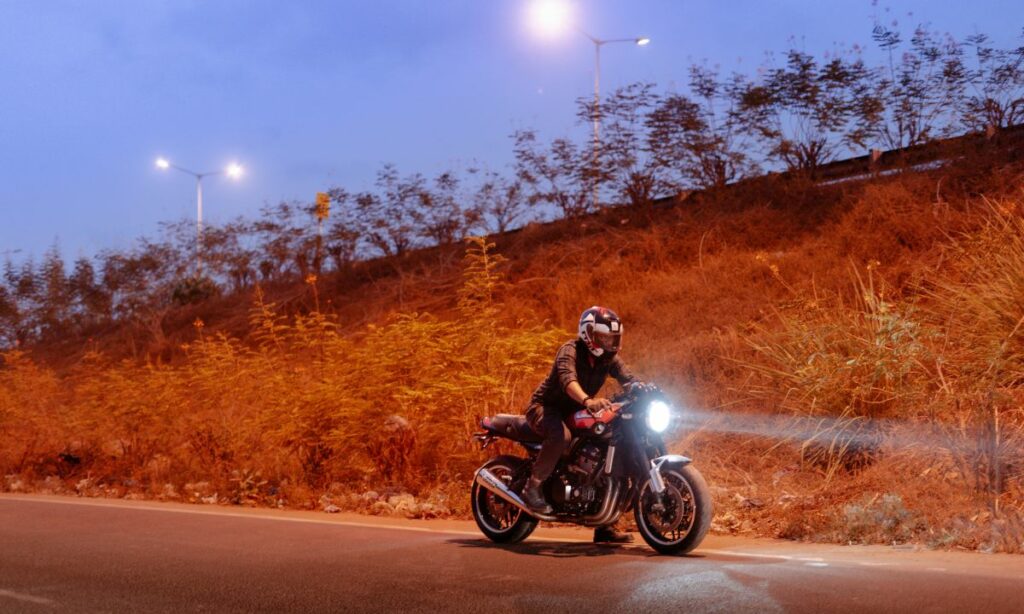
While riding your motorcycle at night, you might not be able to see the road ahead clearly.
Especially if the road does not have street lights and has difficult roads.
Using a high beam all the time is not a good idea here.
The high beam can be dazzling and obstructive to vehicles traveling in the opposite direction.
So what’s the solution?
Use the pass light.
The pass light helps you see the road ahead for a few moments with its high beam.

The brief moment of lighting the road with a high beam allows you to:
See the road;
And not obstruct the vehicles traveling in the opposite direction.
When NOT to use the pass light
Here are the times when you should NOT use the pass light:
- High-traffic roads: If there are a large number of vehicles coming from the opposite direction, it is best to avoid using the pass light unless absolutely necessary.
- Using for fun: Do not use the pass light just for the heck of it. The high-intensity light can dazzle the vehicles moving in the opposite direction.
Other light switches on a motorcycle
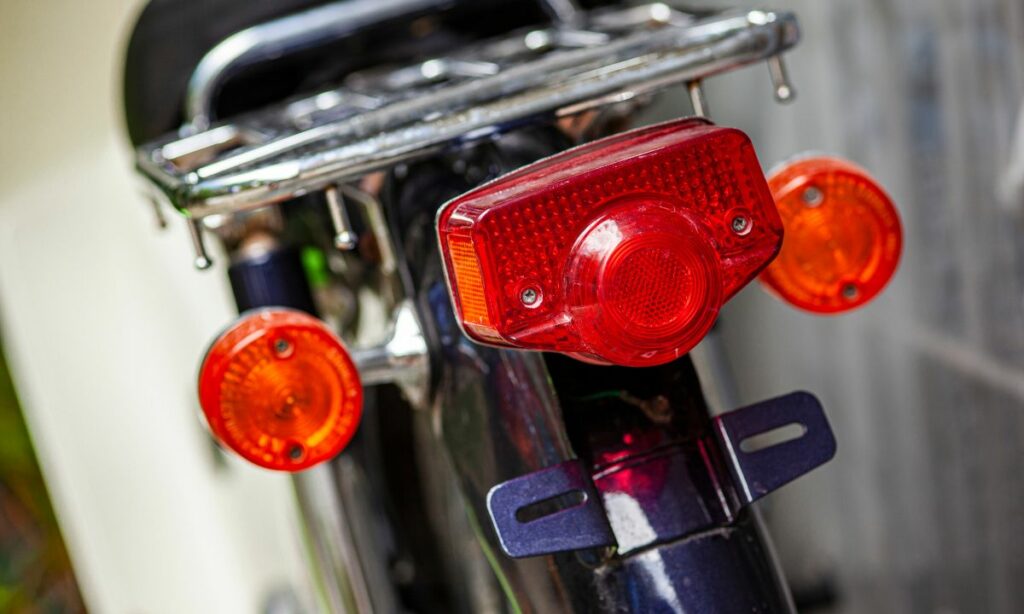
Apart from the pass light, here are the other lights you find on your motorcycle:
- Headlight (low beam and high beam): A motorcycle headlight has two beams – low and high. The low beam is the default headlight. And the high beam is used in low-lighting conditions.
- Tail light: Also called backlight or brake light. The red color backlight brights up whenever you apply brakes on your motorcycle.
- Turn signals: Also called turn indicators. These turn lights are used to signal other vehicles on the road in which direction are you turning. Right indicator for a right turn; and left indicator for a left turn.
- Fog lights: Also called hazard lights. The fog lights are installed (either by OEM or the rider) closer to the ground on the motorcycle to provide better visibility in foggy weather conditions.
Final words
Pass lights are flickering high beams that can be used temporarily.
The pass light on your motorcycle comes in handy during night riding; when you want to notify your presence to oncoming vehicles; and while overtaking.
Use the pass light cautiously though.
The flickering high beam can be annoying to the oncoming vehicles.
Before you go…
Here are a few more related posts on motorcycle lights that might interest you:
